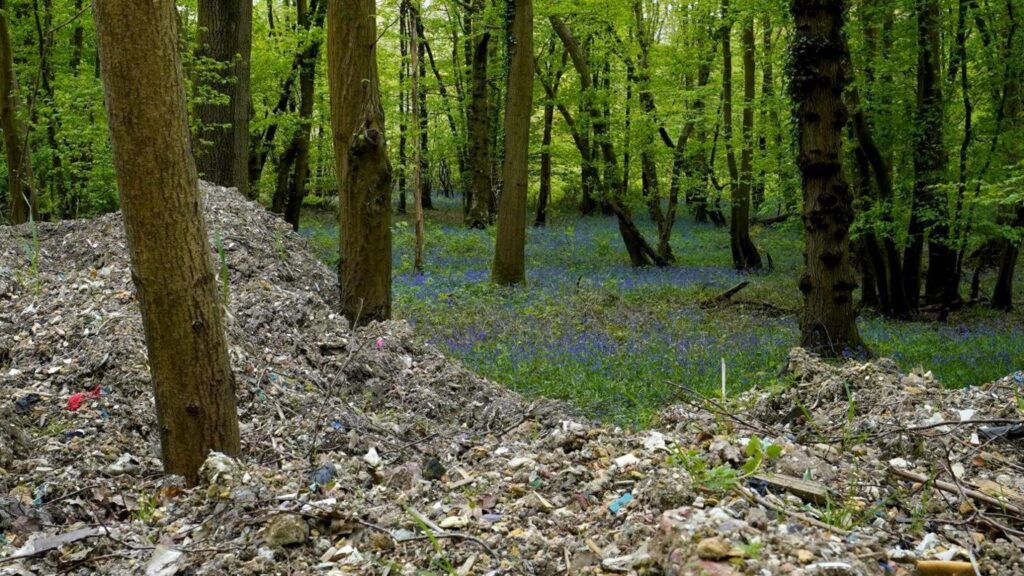The authors of a major new report on civic amenity site recycling said that trade waste recycling centres would relieve trade waste pressures on council CA sites.
”Trader recycling centres should be developed using variable charging to provide incentives for recycling.“
– Eric Bridgwater, Network Recycling
Trade waste recycling centres could be a profitable business opportunity for the private sector, they said, and would mean councils could get rid of security measures such as height barriers, which the report found reduce the recycling rates at CA sites by as much as seven percentage points.
Eric Bridgwater of consultancy group Network Recycling, said: “One key recommendation is that trader recycling centres should be developed. These could use variable charging to provide incentives for recycling, encouraging traders to sort materials themselves at the centres.
“Otherwise, we suggest that decision makers should include trade waste – or certain kinds of trade waste – in councils' statutory recycling targets.”
Mr Bridgwater was speaking at an event in Birmingham yesterday, outlining the best practice findings of the National Assessment of Civic Amenity Sites (NACAS) report, which looked into 113 CA sites covering a range of locations and performance levels.
Height barriers
The researchers found that despite height barriers being the main method used to counter trade waste at CA sites, they are “ineffective” since traders can take advantage of measures to allow householders in with vans or tall vehicles.
And, the report's project co-ordinator, Dr Charlotte Cameron-Beaumont, warned that height barriers forced some members of the public to park outside sites, leading to public irritability and added congestion, meaning householders would be less likely to recycle in future.
“Instead,” she advised, “permit systems and a van ban is most effective, or a security guard or a meet-and-greet person pointing householders in the right direction.”
The NACAS report found a number of major and minor factors that could increase recycling rates at existing local authority sites. Dr Cameron-Beaumont advised against councils opting for expensive large-scale re-developments of sites unless they were high tonnage sites (processing over 12,000 tonnes a year) or suffering “chronic incapacity”.
Instead, the most effective ways of improving recycling rates were improving signage, providing additional staff with more training, providing re-use facilities and offering contractors incentives to recycle.
Signage
Improving signage would increase the recycling rate on average by between three and nine percentage points, the report found – so a site with a 30% recycling rate could see it increase to as much as 39% with clearer signs.
”We would recommend that you provide information on the destination of the material, this massively helps public awareness.“
– Dr Charlotte Cameron-Beaumont
Dr Cameron-Beaumont explained that signs should be legible, elevated above vehicles and should include instructions on how to reduce contamination.
The project co-ordinator went on: “And, we would recommend that you provide information on the destination of the material, for example: 'this cardboard will be pulped and turned into new cardboard'.
“This massively helps public awareness, particularly at a time when people feel we are pulling the wool over their eyes and material will end up in landfill anyway,” she added.
Continued on page 2







Subscribe for free